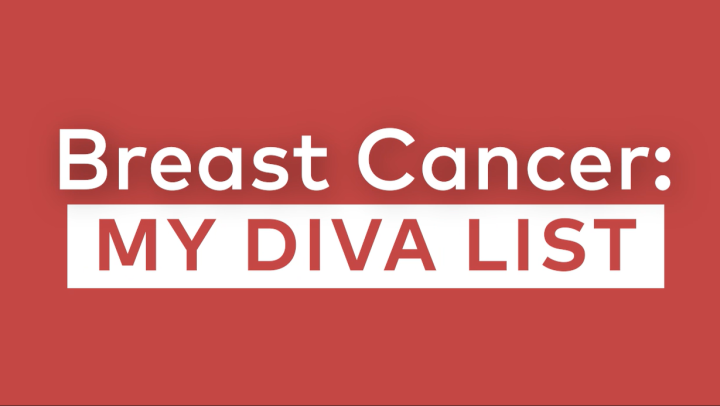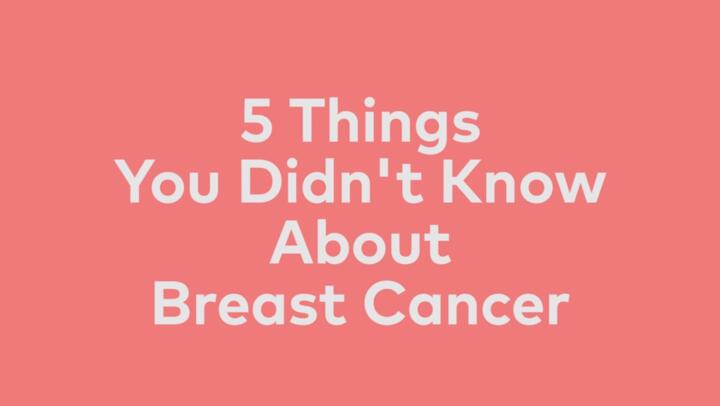What is eye cancer?
Eye cancer is uncontrolled growth of abnormal cells in or around the eye that develop into a mass (tumor).
Eye cancer is categorized as either primary, meaning it started in the tissues of the eye, or secondary, meaning that the cancer started somewhere else in the body and metastasized, or spread, to the eye. Secondary eye cancer is more common than primary eye cancer. Breast cancer and lung cancer are the most common types of cancer that can cause secondary eye cancer.
The eye is made up of three main parts: the eyeball, the orbit (the eye socket, muscles, and nerves that surround the eyeball), and the adnexal structures (accessory structures, such as the eyelid and tear ducts). Primary eye cancers can develop in any of these three parts.
When cancer starts in the eyeball, it is called primary intraocular cancer. The most common form of primary intraocular cancer in adults is melanoma, followed by lymphoma.
Types of primary intraocular cancer and their typical location are described below:
Melanomas develop in pigment-producing or color-producing cells, such as those in the iris of the eye.
Retinoblastomas start in the retina (the light-sensitive tissue at the back of the eye). Retinoblastomas are the most common form of primary intraocular cancer in children (Source:
NIH Trusted Source National Library of Medicine Governmental authority Go to source ).
When primary orbital or adnexal cancers occur in certain areas, such as the eye socket or eyelid, they take the form of bone, muscle, nerve or skin cancers.
Primary eye cancer is an uncommon condition. In 2010, only 2,480 new cases of eye cancer were reported in adults in the United States. The majority of these cancers were melanoma (Source:
While primary eye cancer can occur in both males and females of any age, it is more likely to occur in certain age groups. Adult primary eye cancers occur most often in people older than 50 years. Retinoblastoma occurs most often in children younger than five years, with two-thirds of retinoblastoma cases occurring in children younger than two years of age.
The exact cause of most primary eye cancers is not known, but retinoblastoma is the exception. Retinoblastoma occurs as both an inherited form, meaning it is passed from parent to child through a gene, and a noninherited form. The inherited form of retinoblastoma accounts for approximately 25% to 30% of cases (Source: ACS). In either situation, a specific gene mutation permits uncontrolled proliferation of primitive retinal cells.
Treatment of eye cancer will depend on the type of cancer, the stage of the cancer, and other factors. Successful treatment of eye cancer is more promising when these cancers are found early, so it is important to have regular eye exams as recommended by your healthcare provider.
Although eye cancer is rare, it can lead to life-threatening complications and death, especially if it is undetected and left untreated. Seeking regular medical care, including regular eye exams, offers the best chance of discovering eye cancer in its earliest, most curable stage. If you have eye cancer, following your treatment plan may help reduce your risk of serious complications. Seek prompt medical care if you have visual symptoms, including trouble seeing, loss of part of your field of vision, or seeing flashes of light, dark spots on your iris, spots, squiggles, or floating objects.
What are the symptoms of eye cancer?
People with eye cancer often have no symptoms. Eye cancer is frequently found during a routine eye exam. When symptoms do occur, the most common symptom of eye cancer is a painless loss of vision, although other vision changes can also occur. Any of the symptoms listed below can be associated with other medical conditions, so it is important to contact your healthcare provider for any change in your vision or other eye problems.
Common symptoms of eye cancer
You may or may not have symptoms with eye cancer. If symptoms are present, they can include:
- Glaucoma (elevated intraocular pressure)
- Loss of your field of vision
- Painless vision loss
- Seeing flashes of light
- Seeing spots, squiggles, or floating objects
- Visible mass in the front portion of the eye
Common symptoms of retinoblastoma
Children with retinoblastoma may have the following symptoms:
Eyes appear to be looking in different directions
Pain or redness in the eye
Pupil appears white instead of red when light is shined on it such as in flash photographs
Symptoms that might indicate a serious condition
Although eye cancer is rare, it can lead to life-threatening complications and death, especially if it is undetected and left untreated. Seek prompt medical care if you have visual symptoms, including trouble seeing, loss of part of your field of vision, or seeing flashes of light, dark spots on your iris, spots, squiggles, or floating objects.
What causes eye cancer?
Cancer occurs when a genetic mutation or mutations causes old or damaged cells to continue to divide and multiply uncontrollably. In most cases of eye cancer, the mutations are not inherited but are acquired throughout a person’s lifetime. Exactly what triggers these changes in some people and how they promote eye cancer is not completely understood.
Retinoblastoma in children is an inherited or genetically linked condition in approximately 25% to 30% of cases due to a mutation in the retinoblastoma gene (RB1) (Source: ACS).
The inherited form of retinoblastoma tends to occur at a younger age and is more likely to affect both eyes as compared to the noninherited form.
A number of factors are thought to increase your chances of developing primary eye cancer. Not all people with risk factors will develop eye cancer. Common risk factors include:
- Age older than 50 years
- Caucasian race
- Certain occupations, including welders, farmers, fishermen, chemical workers, and laundry workers
- Genetic susceptibility (inherited or acquired gene mutations)
- Inherited conditions of pigment-producing cells, such as dysplastic nevus syndrome and oculodermal melanocytosis (also called nevus of Ota)
- Light eye and skin color
- Sun exposure
- Weakened immune system
Having a child with retinoblastoma increases the risk that siblings could also develop this type of cancer. Parents and siblings of children with retinoblastoma should be screened by an ophthalmologist to rule out any unknown familial disease. Siblings should continue to be screened until adolescence. You can also elect to have a blood sample screened to determine if you, or a family member, have the defective gene (RB1) linked to retinoblastoma.
Reducing your risk of eye cancer
There is a known link between sun exposure and the development of melanomas. While it has not yet been proven, this may include intraocular melanomas. Therefore, the American Cancer Society recommends wearing UV-protective sunglasses when you are outdoors in addition to using protective sunscreen and clothing. It is also important to have regular eye exams as recommended by your healthcare provider.
How is eye cancer treated?
The treatment of eye cancer will depend on the type of cancer; your overall health; the chances of curing the disease; the impact treatment may have on your vision; and the stage of the cancer. Cancer staging is a way of describing the cancer in terms of size, location, whether it has metastasized or spread, and whether it is affecting bodily functions or other organs.
The goals of eye cancer treatment are to reduce the risk of the cancer spreading, to maintain your vision as much as possible, and to prevent a recurrence of the cancer. In some cases, the need for proper treatment may outweigh the risk of loss of vision that can occur with treatment. Treatment options include:
- Cryotherapy (freezing therapy)
- Enucleation (removal of the eye)
- Laser therapy
- Observation for slow-growing cancers
- Radiation therapy (often applied with a temporary irradiated plaque to optimize dosing)
- Surgery (resect the tumor in hopes of preserving the eyeball)
- Thermotherapy (heat therapy)
All of these therapies have risks and benefits and will affect your vision to different degrees. Because eye cancer is such a rare condition, the American Cancer Society recommends seeking out a doctor who specializes in treating eye cancer, an ocular oncologist. An experienced specialist is best able to help you make your treatment decisions based on your specific circumstances.
Complications of untreated or undetected eye cancer can be serious and life threatening. Seeking regular medical care, including regular eye exams, offers the best chances of discovering eye cancer in its earliest, most curable stage. You can best treat eye cancer and lower your risk of complications, or delay the development of complications, by following the treatment plan you and your healthcare professional design specifically for you. Complications may include:
Cancer recurrence or spread
Emotional and social difficulties
Treatment side effects
- Vision loss


















